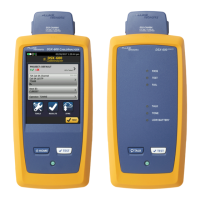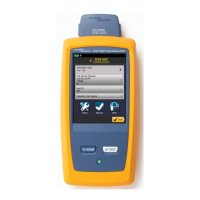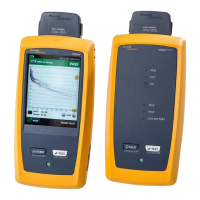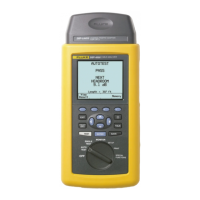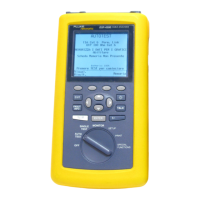4
“Certication” is the process of comparing the transmission performance of an
installed cabling system to a standard using a dened method of measuring the
performance. Certication of the cabling system demonstrates component quality
and installation workmanship. It is typically a requirement to obtain the cabling
manufacturer’s warranty. Certication demands that the cabling links yield a “Passing”
result. Technicians must diagnose the failing links and after a corrective action has
been implemented they must retest to ensure the link meets the required transmission
performance. The total time to certify an installation does not only include making the
certication measurements but also documentation and troubleshooting.
Today’s cabling installation professionals must therefore know how to troubleshoot and
diagnose high-performance cabling systems.
Why the need for advanced diagnostics?
As newer high-performance cabling systems have been developed and deployed, every
aspect of the installation demands a higher level of skill and more attention to detail.
New test parameters have been added. The links must be tested using one of two link
models, the Permanent Link or the Channel and the links are tested and evaluated
over a greater frequency range and with more data points. The components with which
these links are constructed need to deliver better performance and the quality of the
workmanship during installation must rise accordingly.
Due to the increased complexity of these cabling systems, determining the cause of
failure and quickly restoring suitable performance has become a challenging task.
This handbook guides you through the troubleshooting of advanced structured cabling
systems using the Fluke Networks DSX-600 CableAnalyzer™ so you can increase your
productivity and deliver better value to your organization.
Most common causes of failures in twisted pair cabling:
Introduction
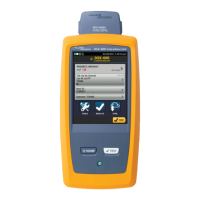
